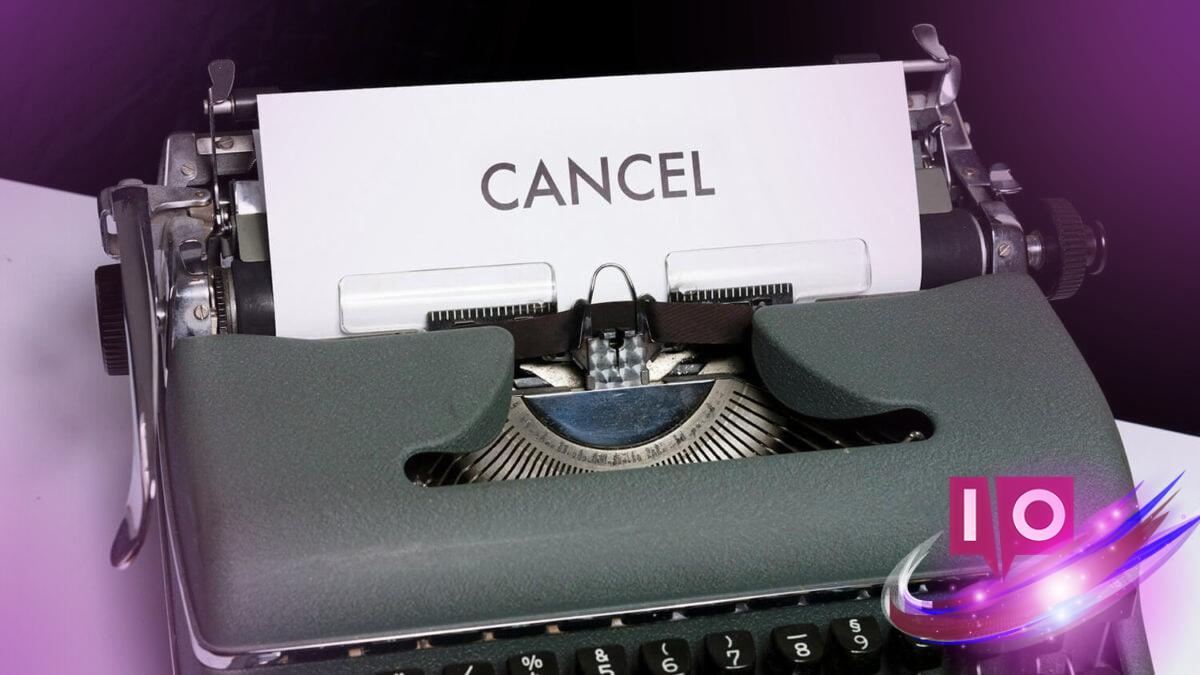On July 14, the Federal Trade Commission’s (FTC) much-anticipated rule aimed at simplifying subscription cancellations was struck down by the U.S. Court of Appeals for the 8th Circuit. This ruling has left consumers tangled in a complex web of subscription services, making it harder to opt out.
The unanimous decision from the three-judge panel—comprised of appointees from Donald Trump’s first term—rejected the user-friendly click-to-cancel rule formulated during Lina Khan’s leadership of the FTC. The judges clarified that their dismissal of this consumer-oriented policy stemmed from procedural flaws, not the merits of the rule itself.
The ruling stated, “While we certainly do not endorse the use of unfair and deceptive practices in negative option marketing, the procedural deficiencies of the Commission’s rulemaking process are fatal here.” This indicates a certain sympathy for the goal of the rule, but a firm stance against how it was implemented.
The crux of the issue lies in the FTC’s failure to conduct a preliminary regulatory analysis for a proposal that could significantly impact the economy. An earlier assessment by the FTC suggested that the rule’s economic impact would fall below the $100 million (approximately €94 million) threshold, a finding contested by an administrative law judge. This oversight ultimately led to the regulation’s downfall by violating regulatory obligations and insufficiently allowing businesses to provide feedback.
It comes as no surprise that the rule faced challenges from various lobbying groups representing cable and internet service providers, insurance companies, gyms, and other businesses that thrive on creating hurdles for consumers attempting to cancel their services. These same groups claimed that simplifying the cancellation process would unleash a wave of “accidental cancellations,” which reveals just how they prioritize profit over customer satisfaction.
While the court expressed understanding for the intent behind the regulation, its revival appears unlikely, especially under the current administration. Originally proposed during Biden’s presidency, it faced opposition from the two Republican members of the FTC, one of whom, Andrew Ferguson, now leads the agency. Currently, there are no Democratic commissioners, following actions that removed holdovers from Biden’s administration.
Until further changes occur, consumers will continue to navigate customer support helplines and endure convoluted processes, including requirements like sending physical letters to cancel subscriptions.
What does the cancellation rule mean for consumers?
The cancellation rule was designed to protect consumers by making it easier to end subscriptions. Its removal leaves many consumers facing complex cancellation processes that can be frustrating and time-consuming.
Are subscription cancellations really that difficult in the U.S.?
Yes, many popular subscription services employ complicated cancellation processes, such as requiring long phone calls or written requests, which discourage consumers from opting out.
What can you do if you want to cancel a subscription?
To cancel a subscription effectively, your best approach is to review the service’s terms and conditions, reach out via customer support, and keep a record of your cancellation request to avoid any potential misunderstandings.
How can I stay informed about consumer protection regulations?
Staying informed about consumer protection regulations involves following news platforms, subscribing to consumer advocacy newsletters, and periodically checking the FTC’s website for updates on regulatory changes.
In conclusion, while the hope for simpler subscription cancellations remains, the current landscape still presents challenges to consumers. Keep exploring similar topics and updates on consumer rights, and don’t forget to visit Moyens I/O for more insights.
